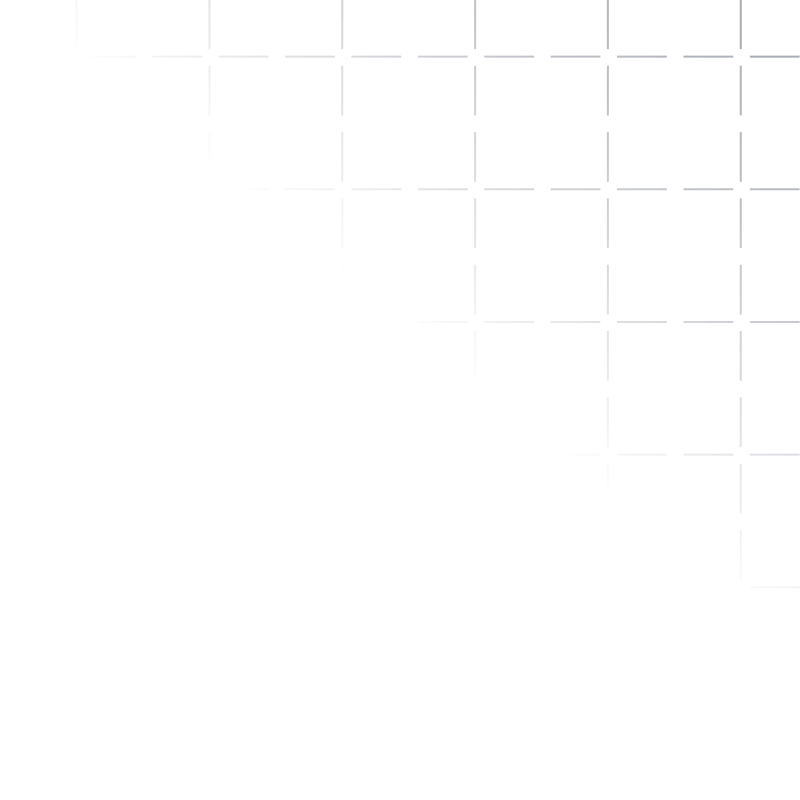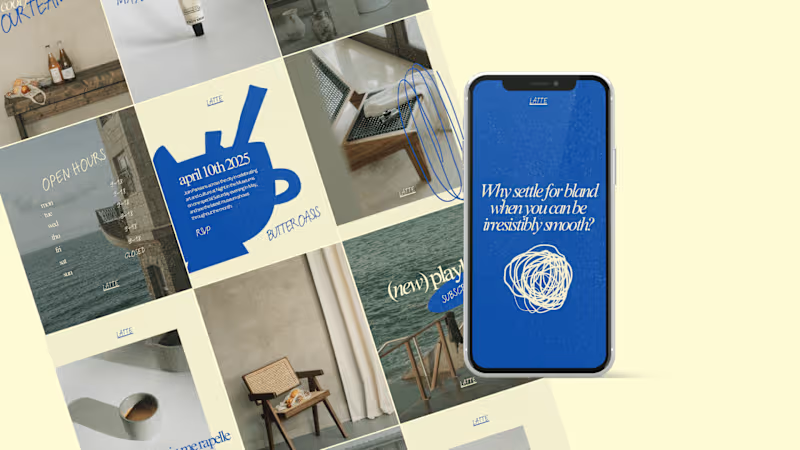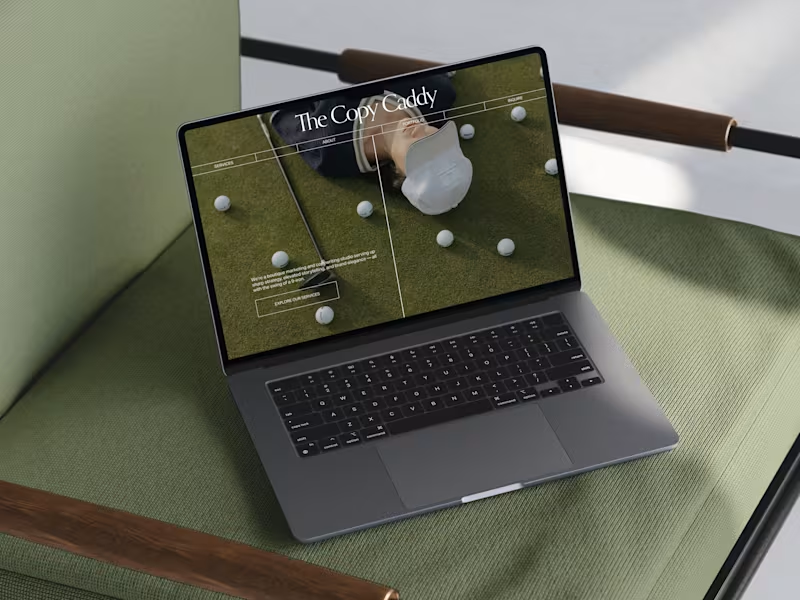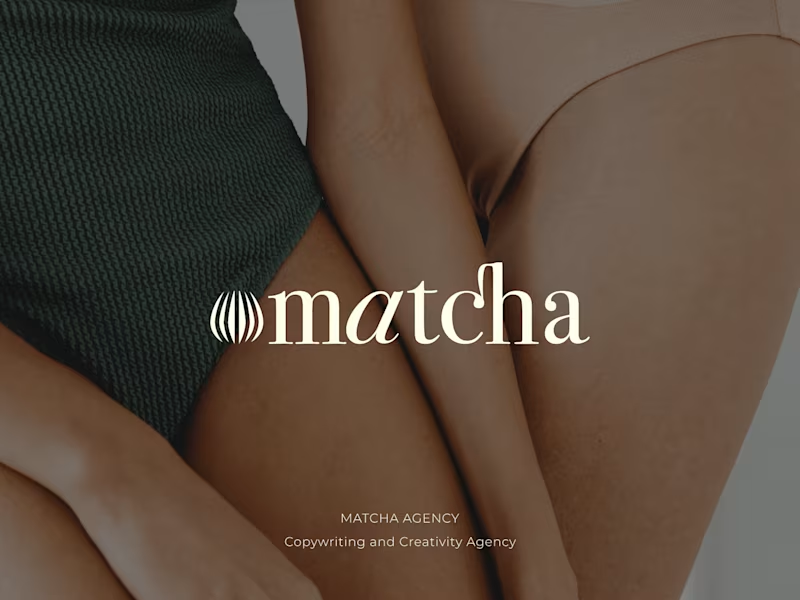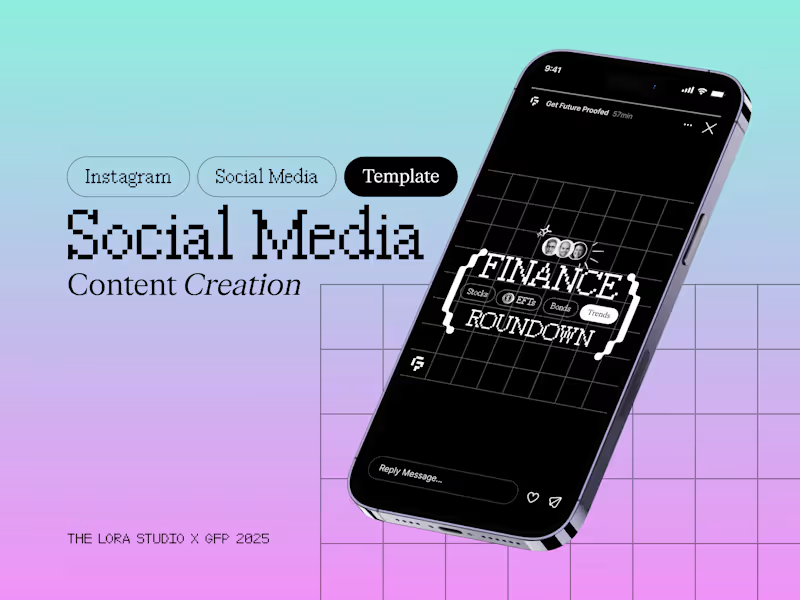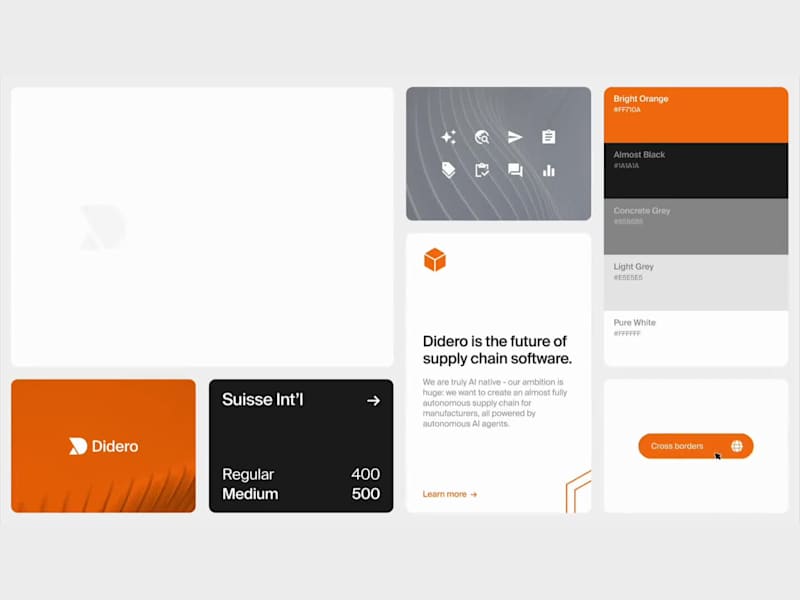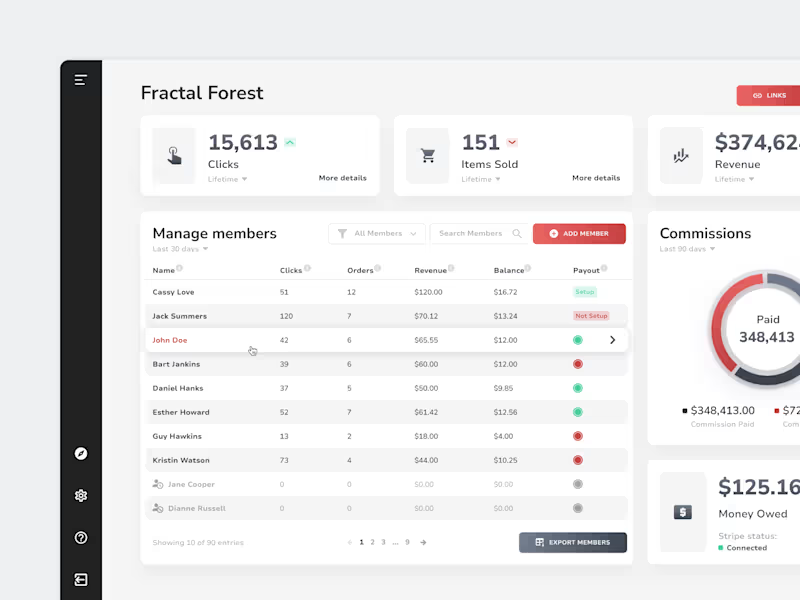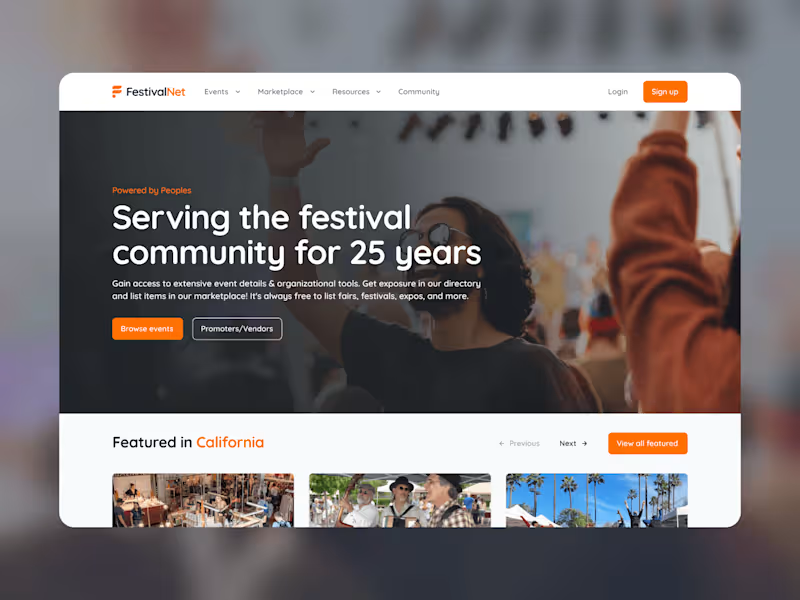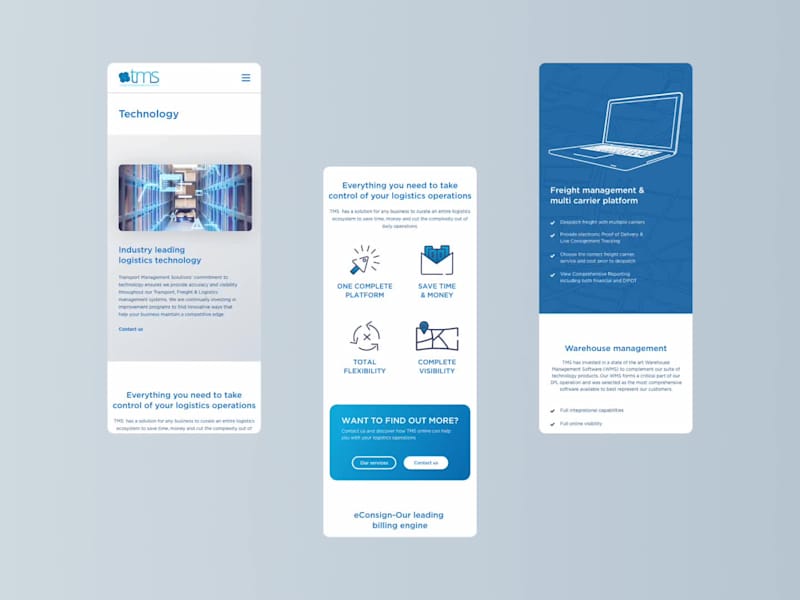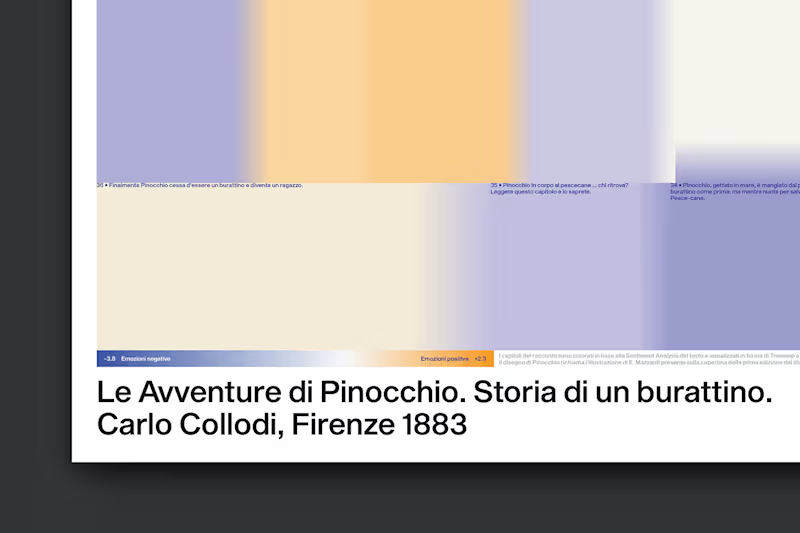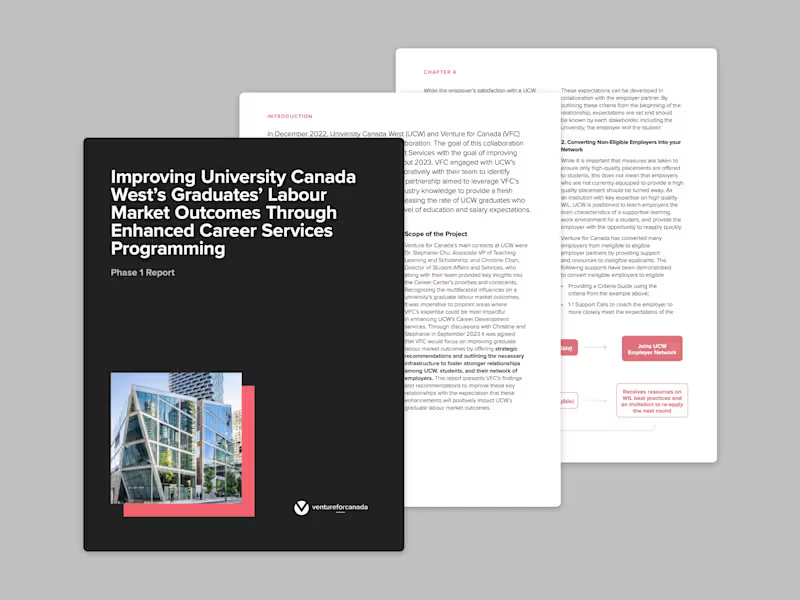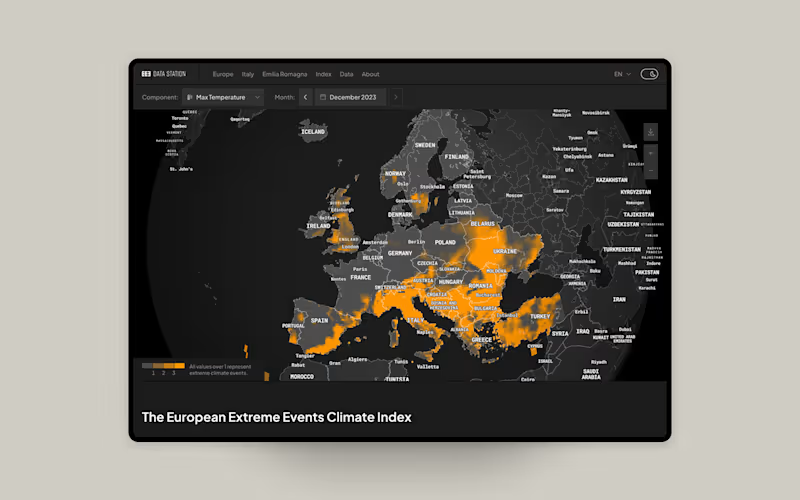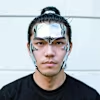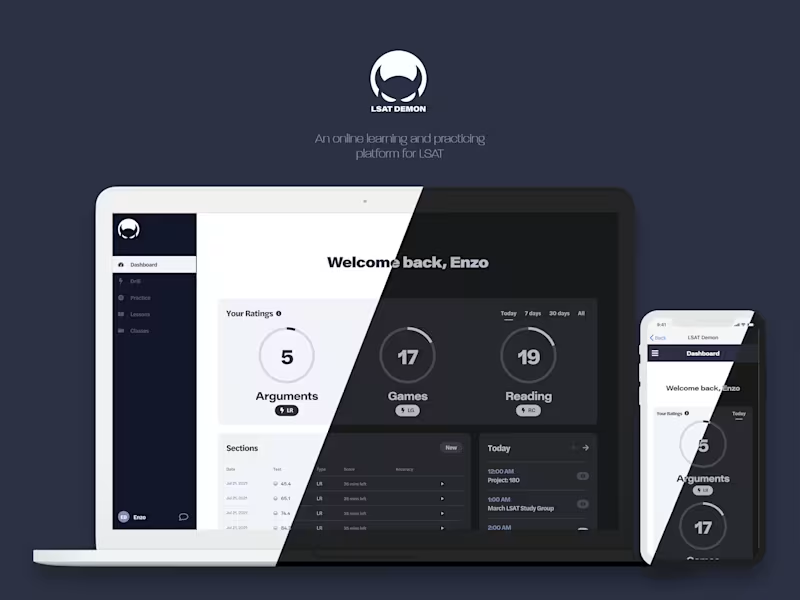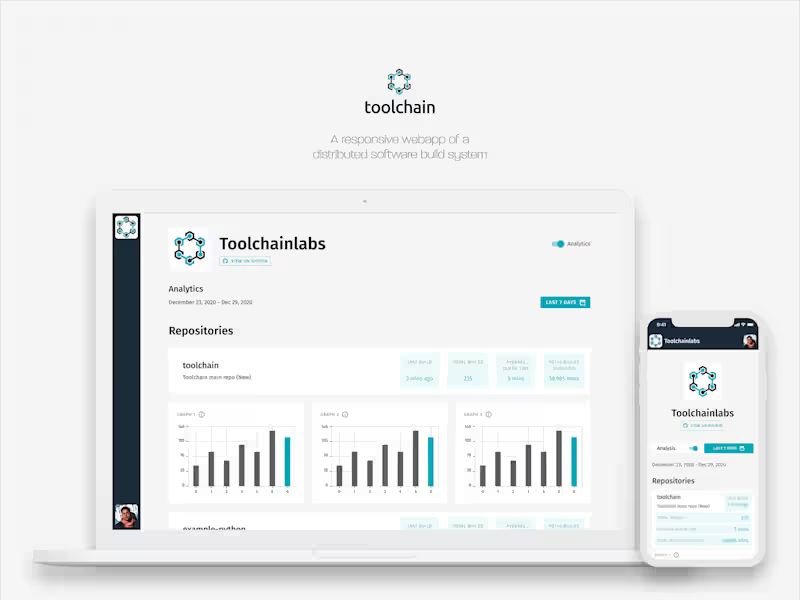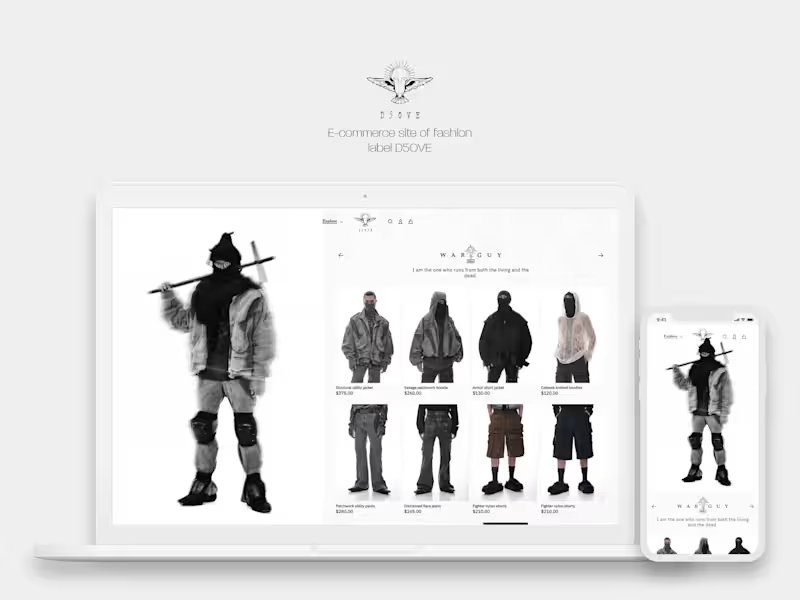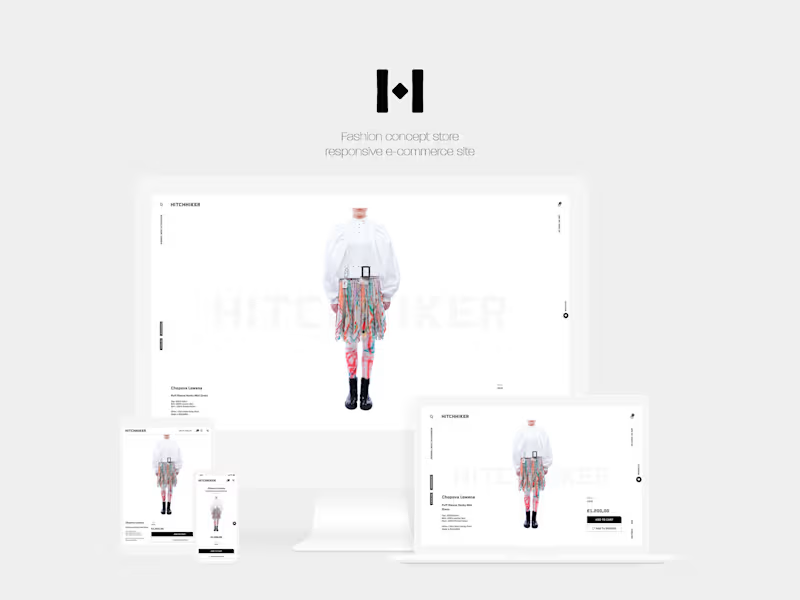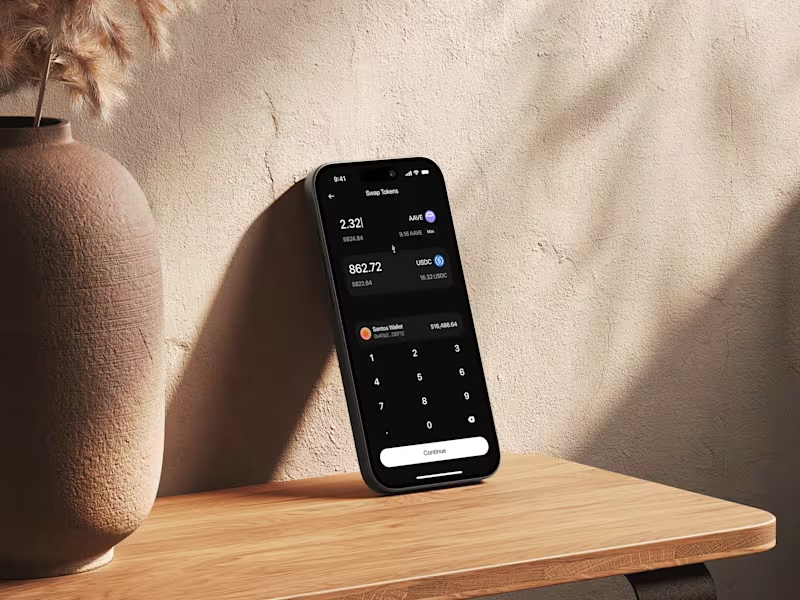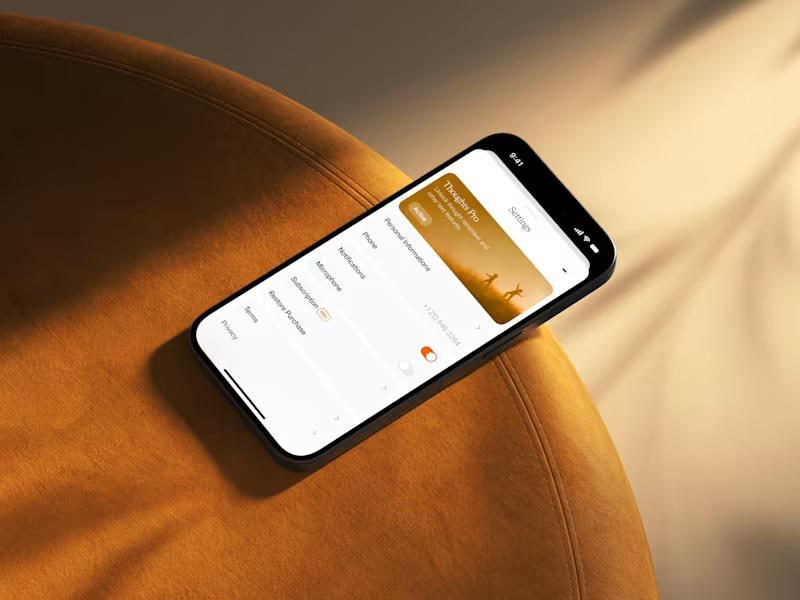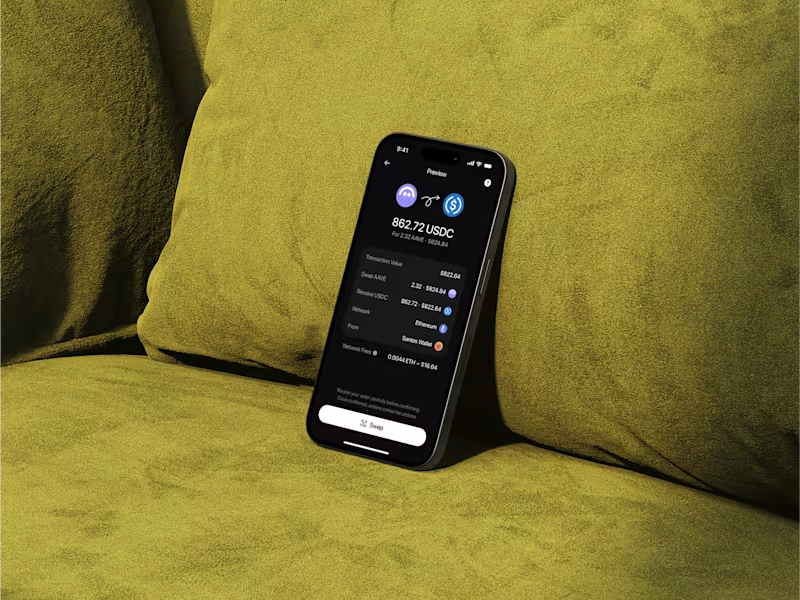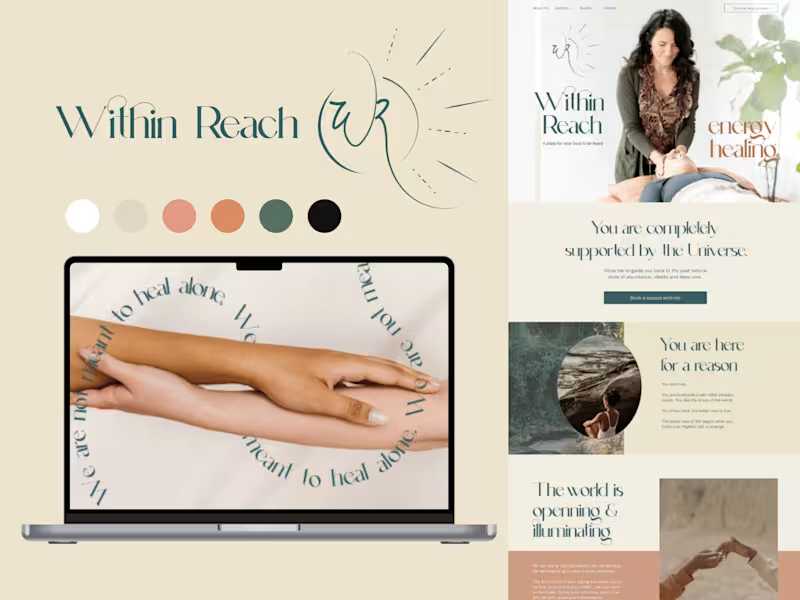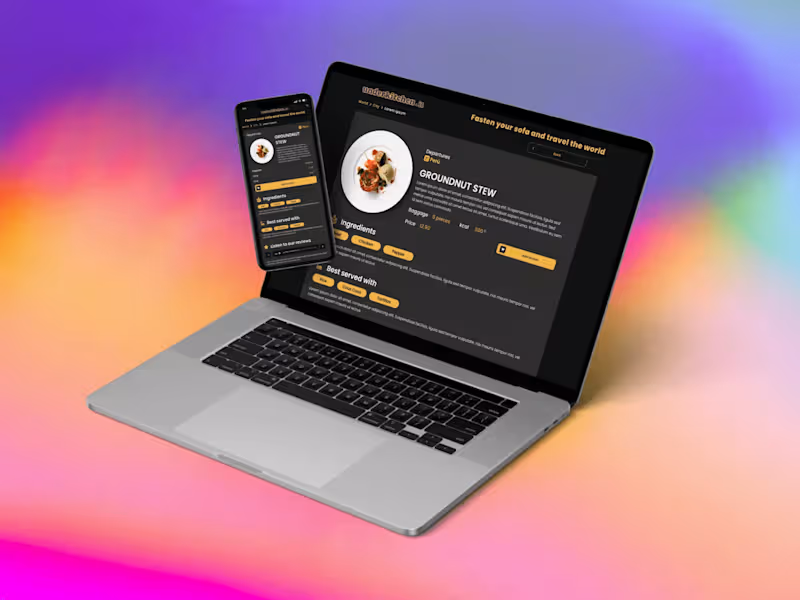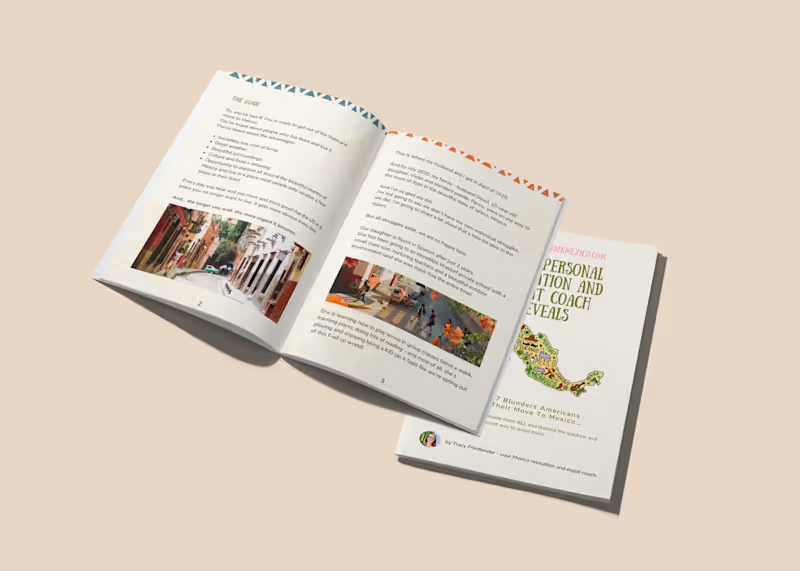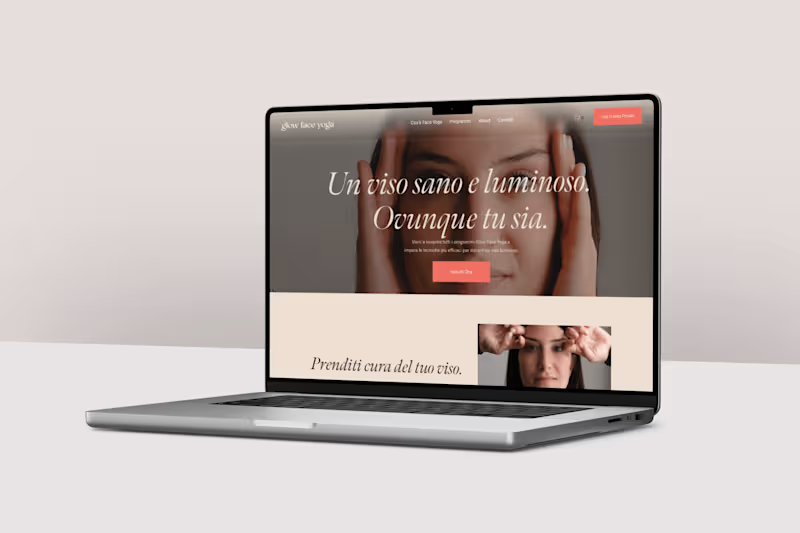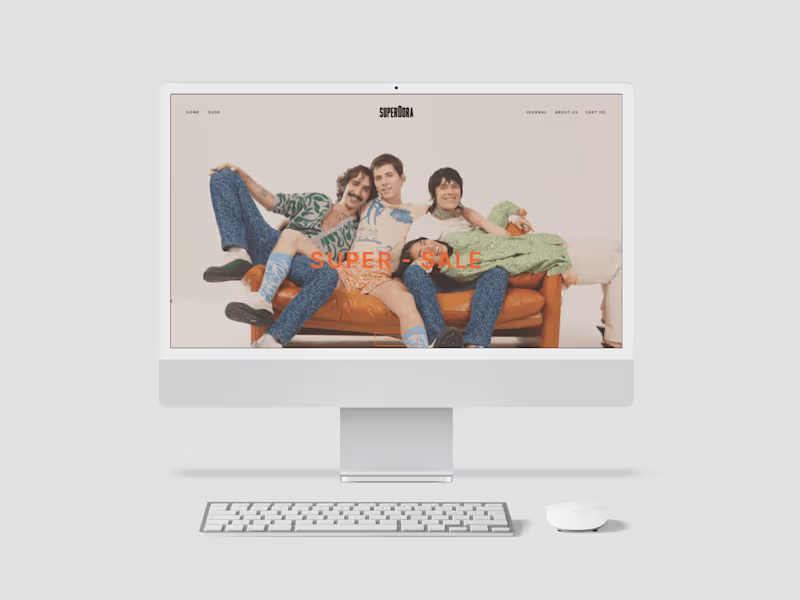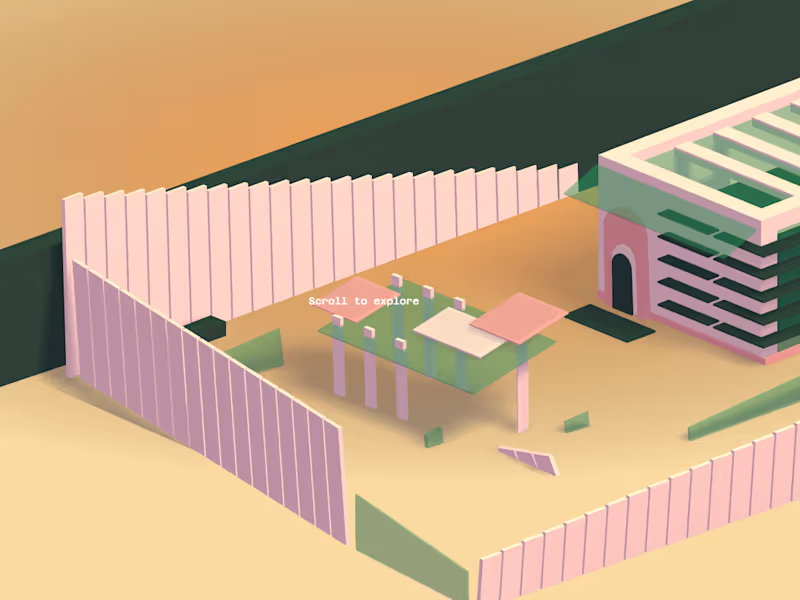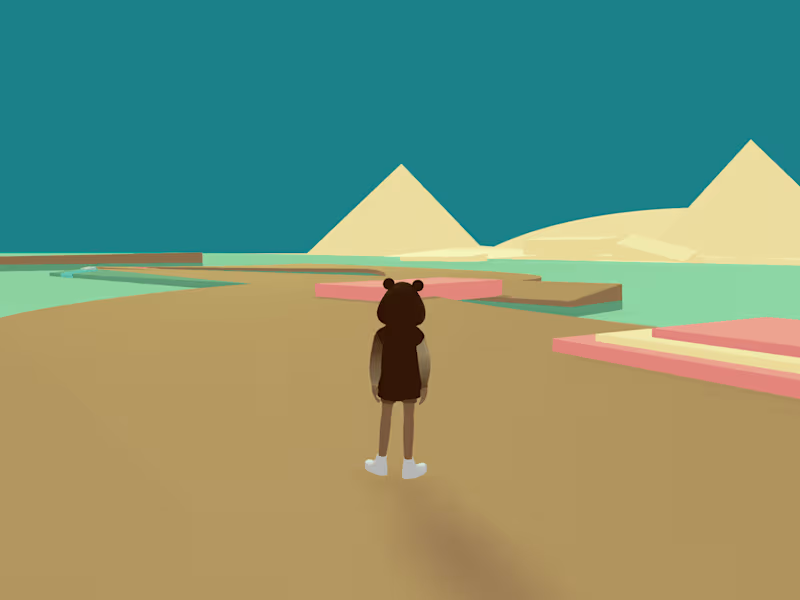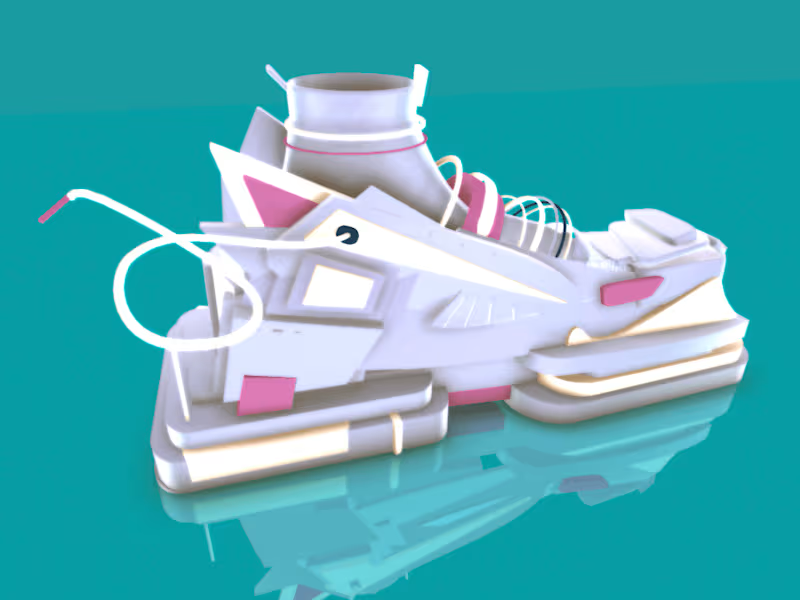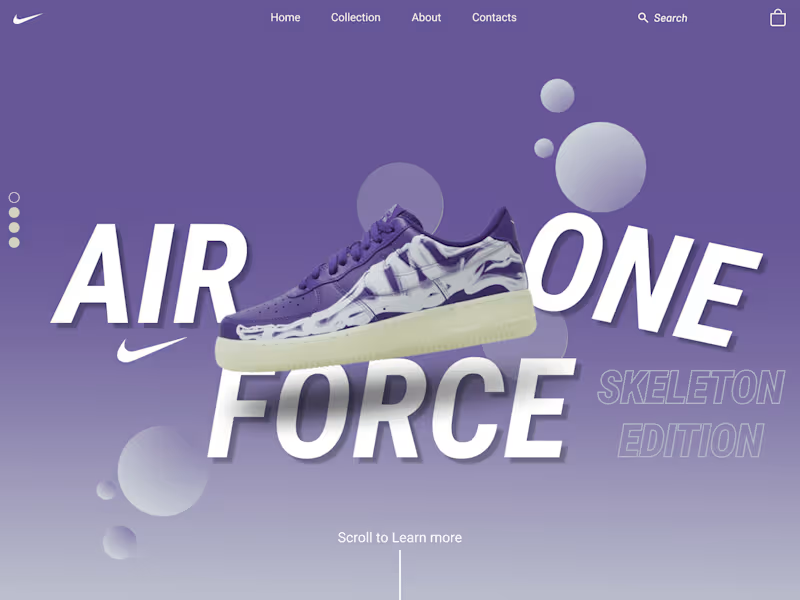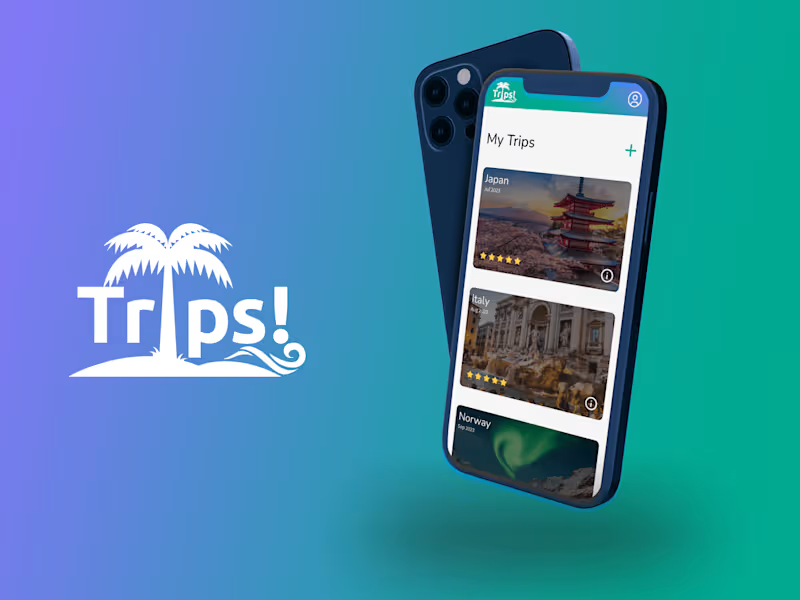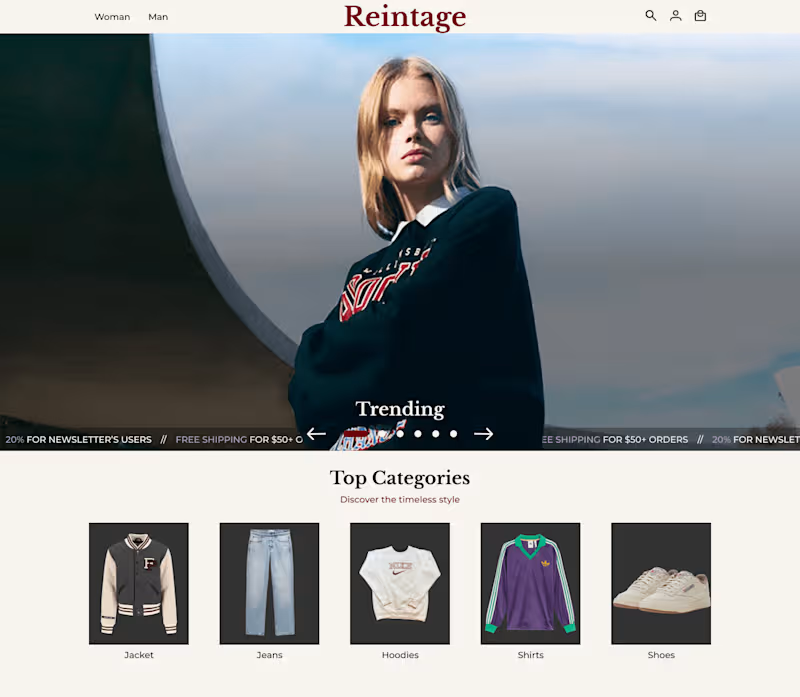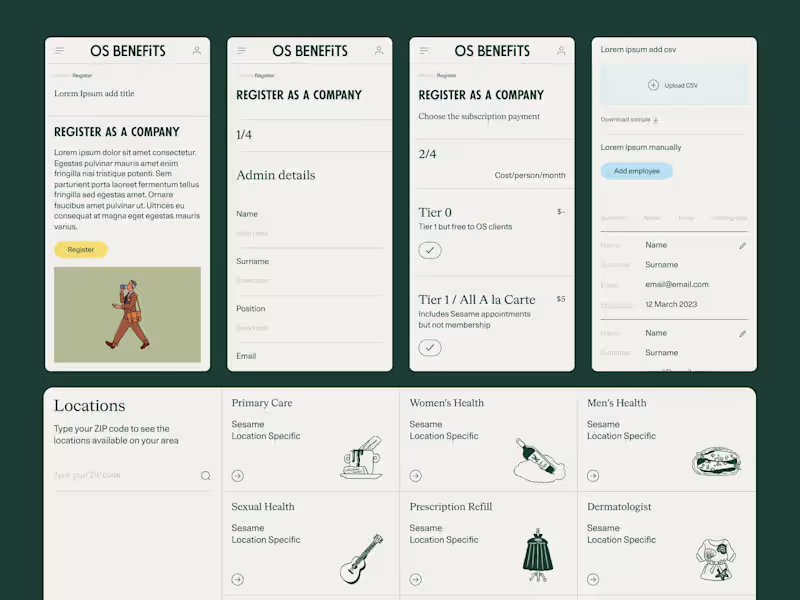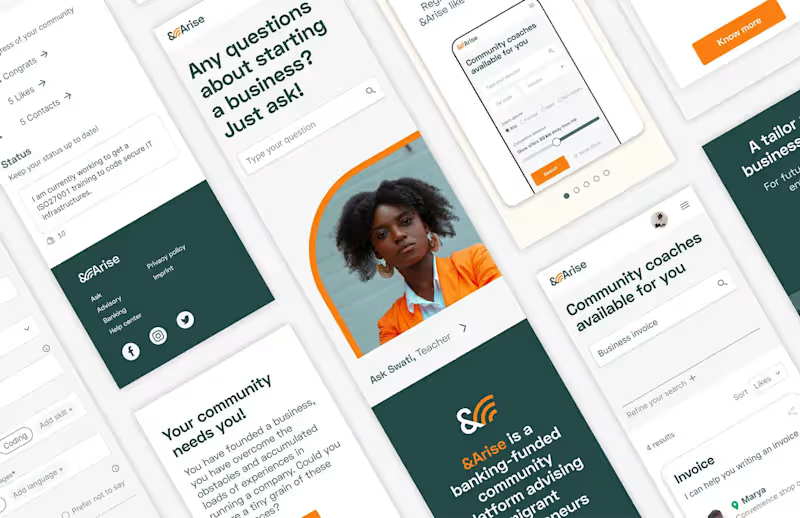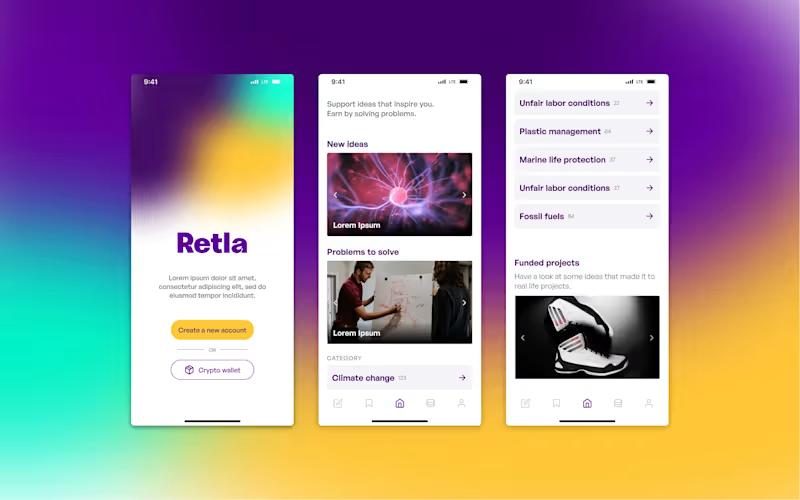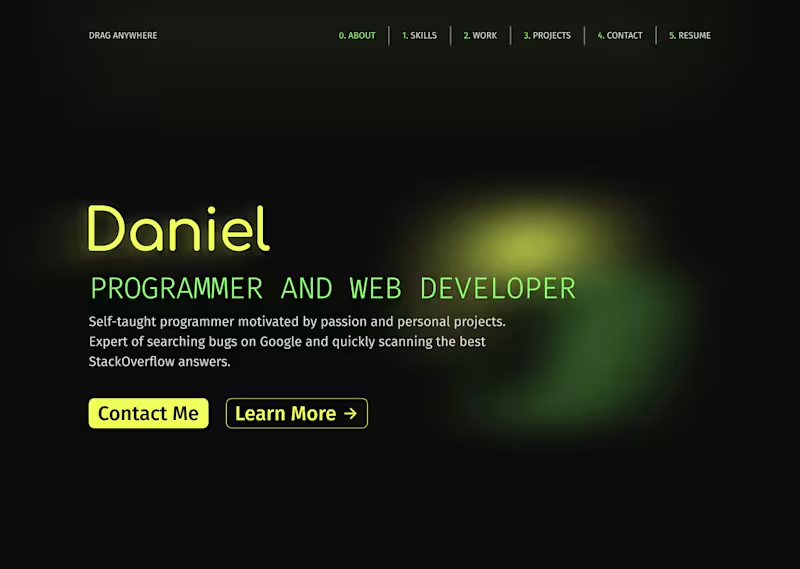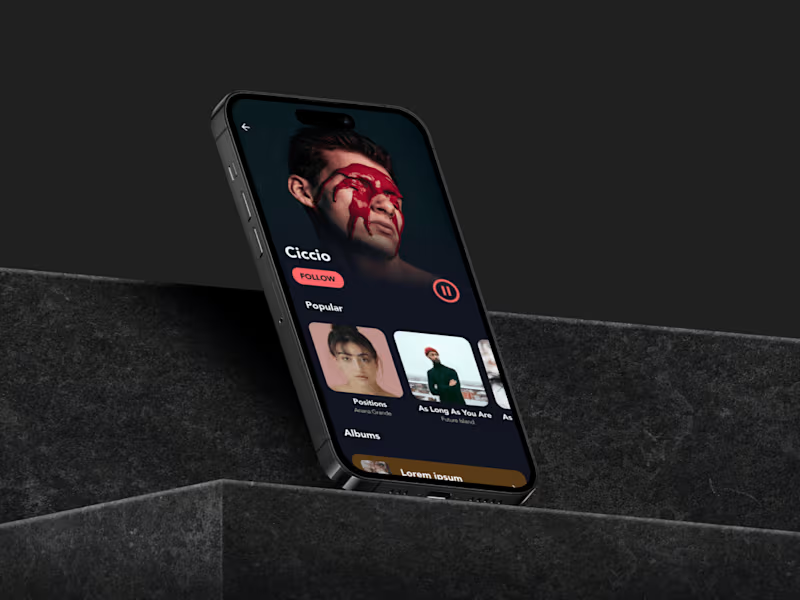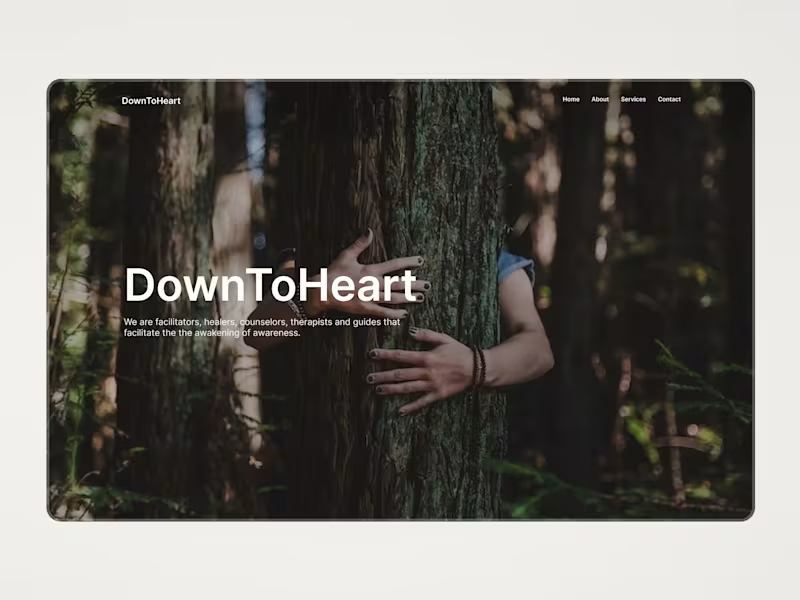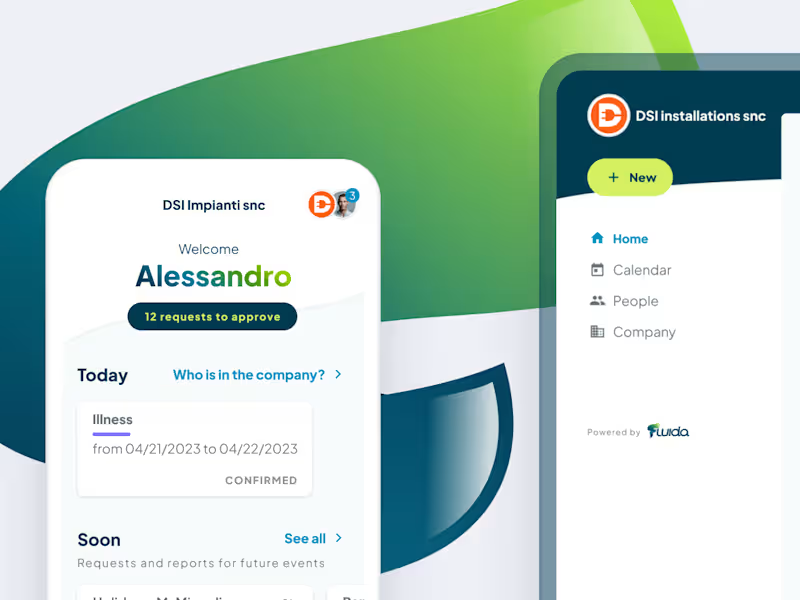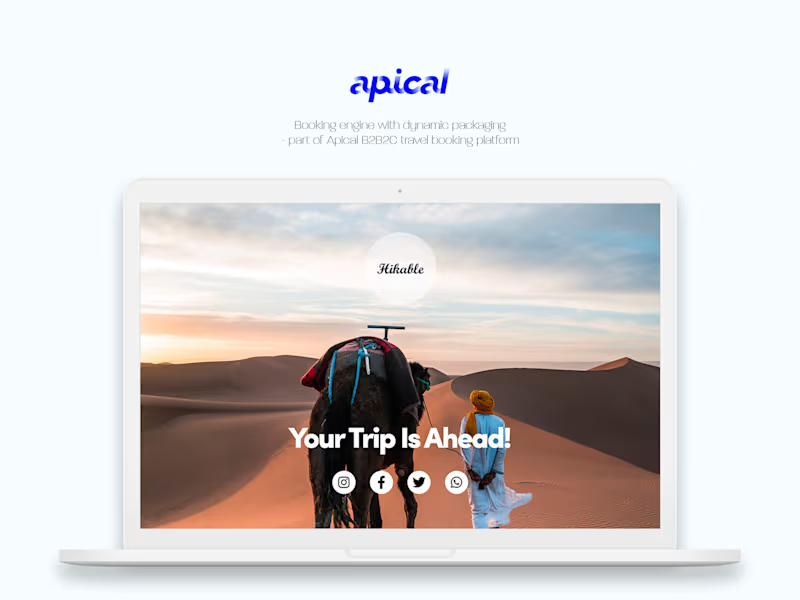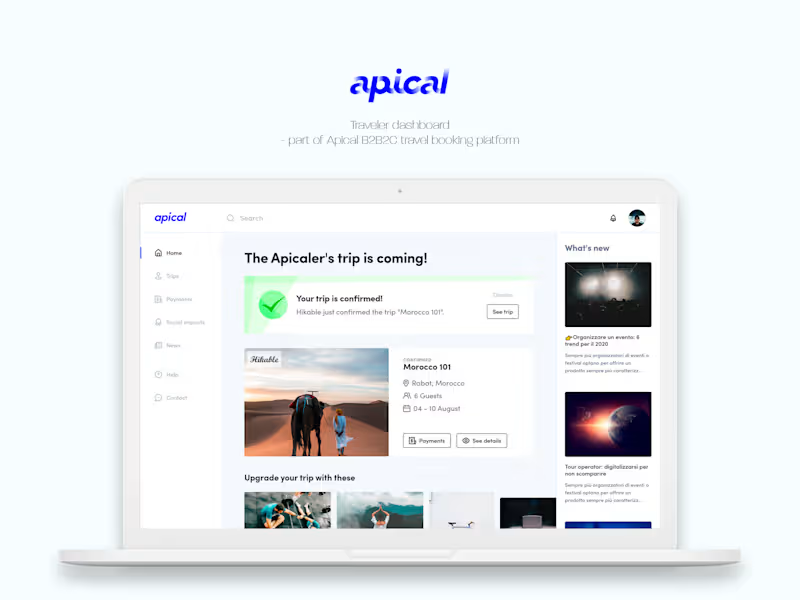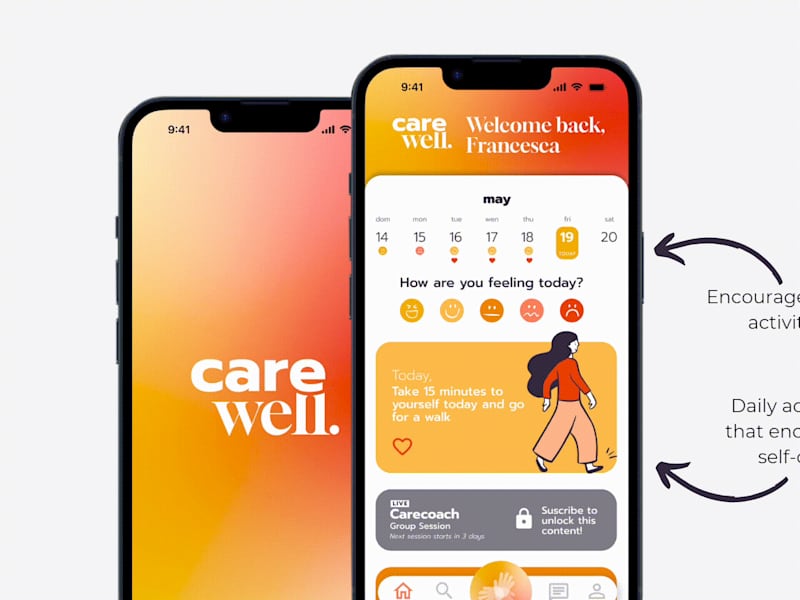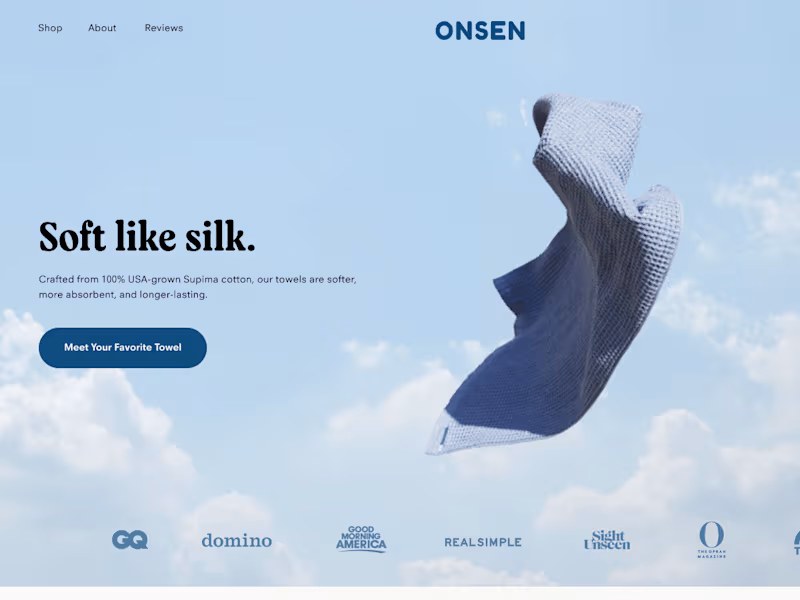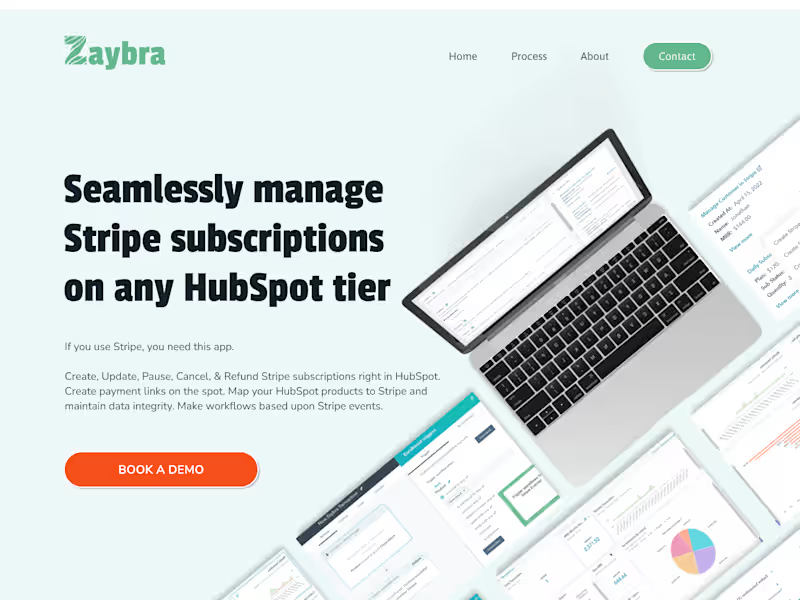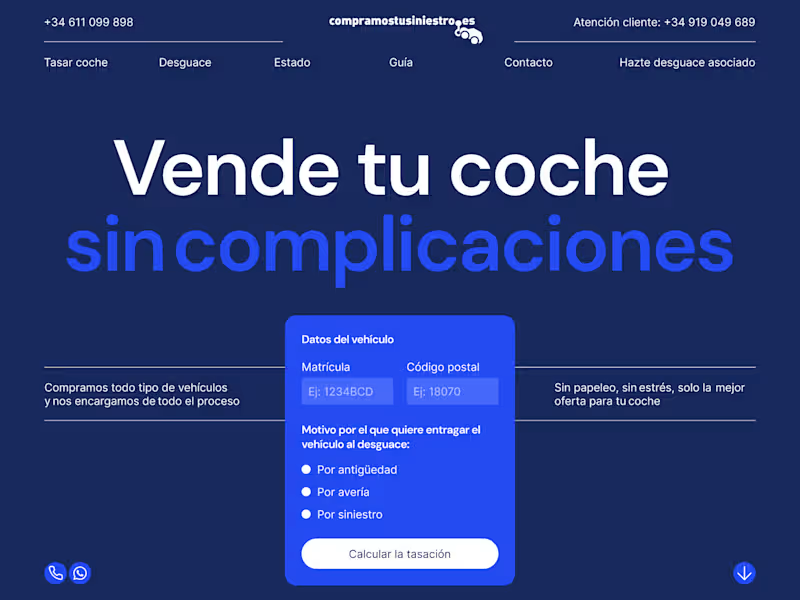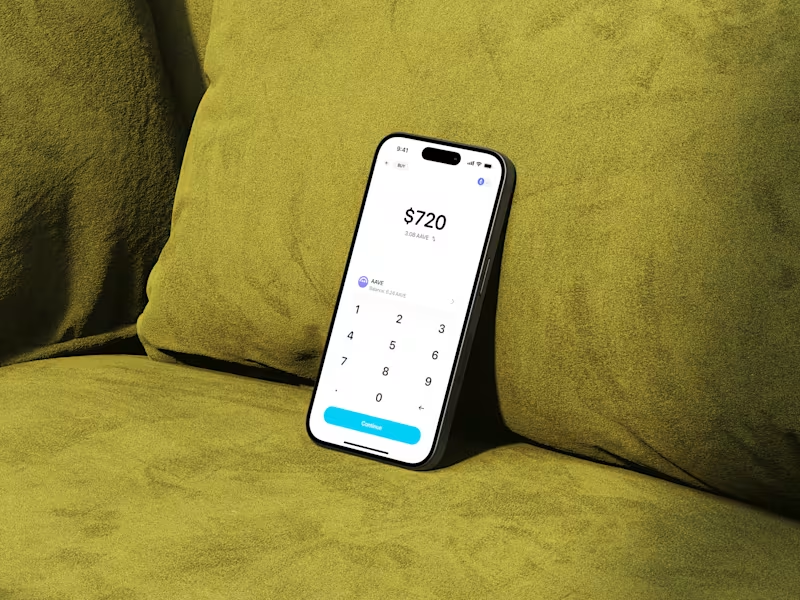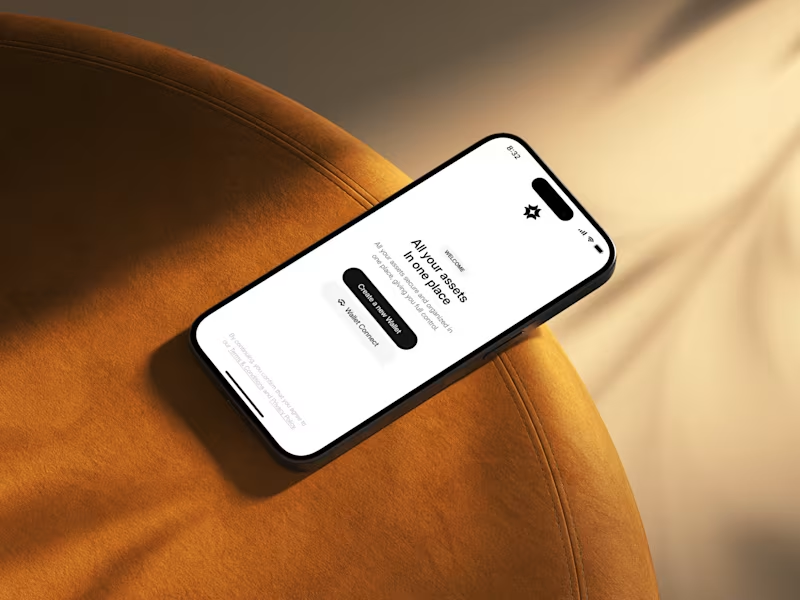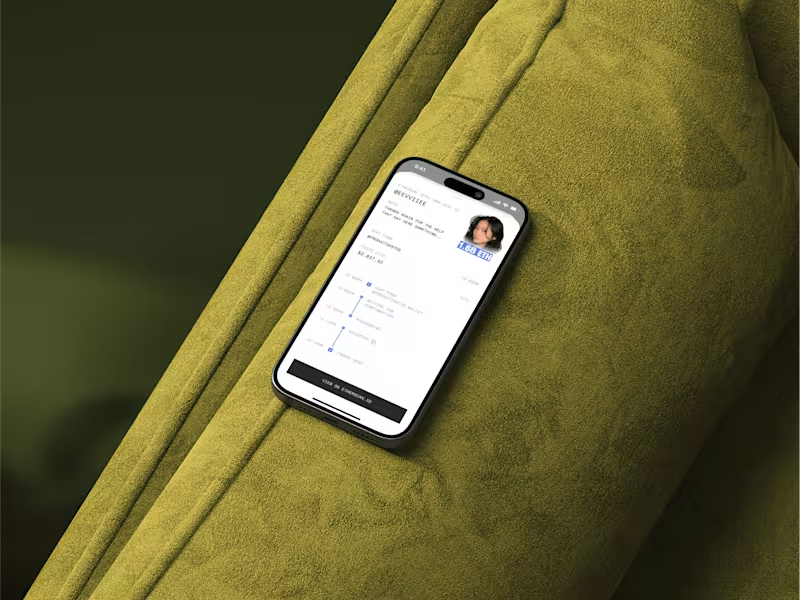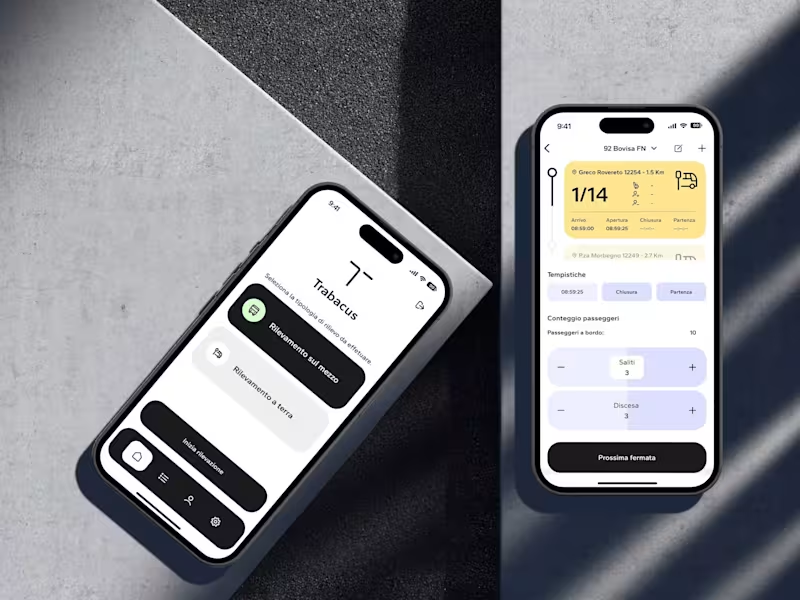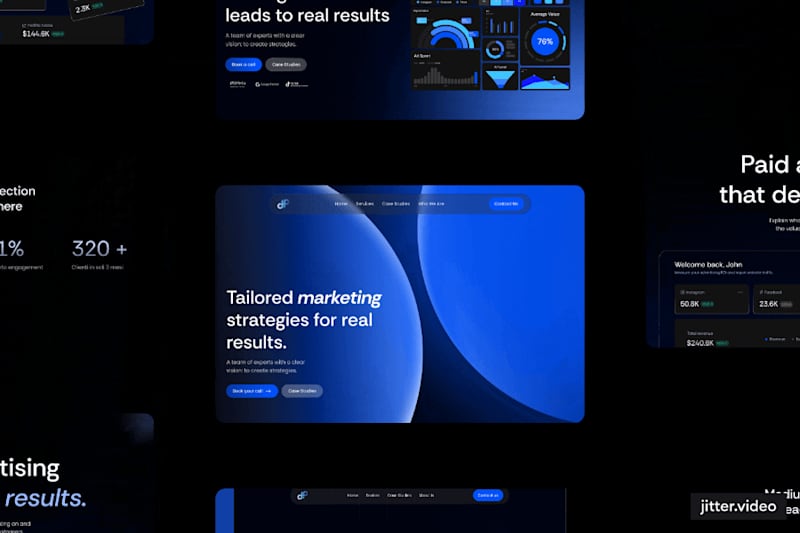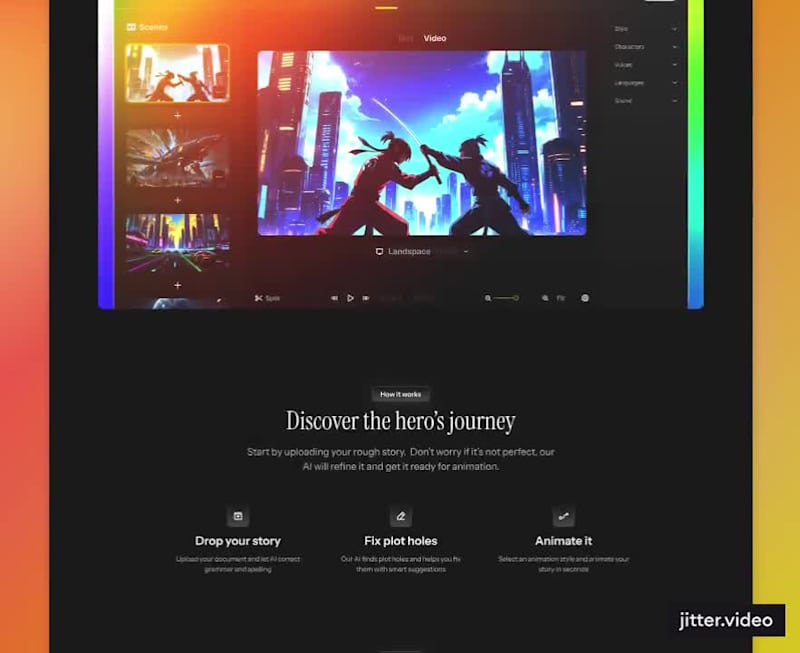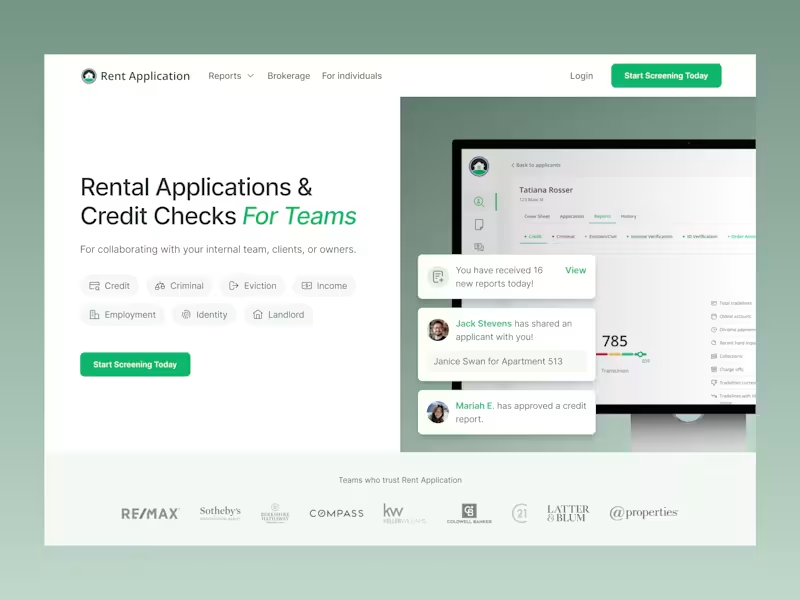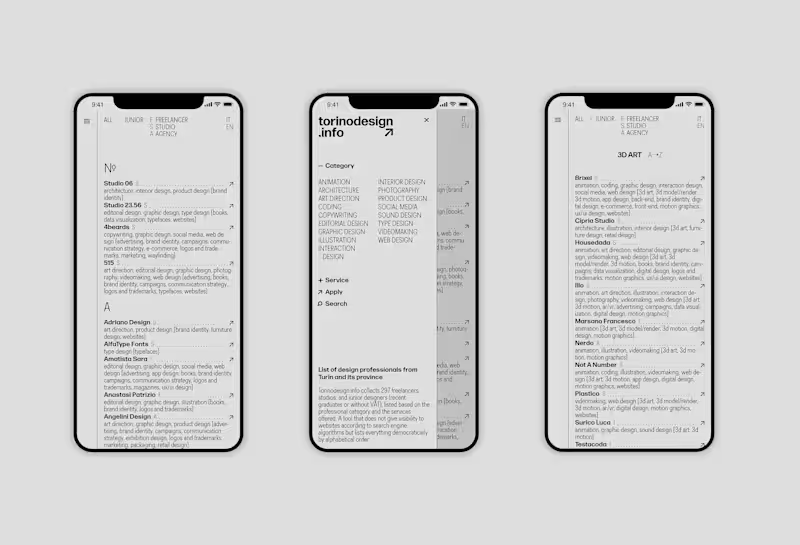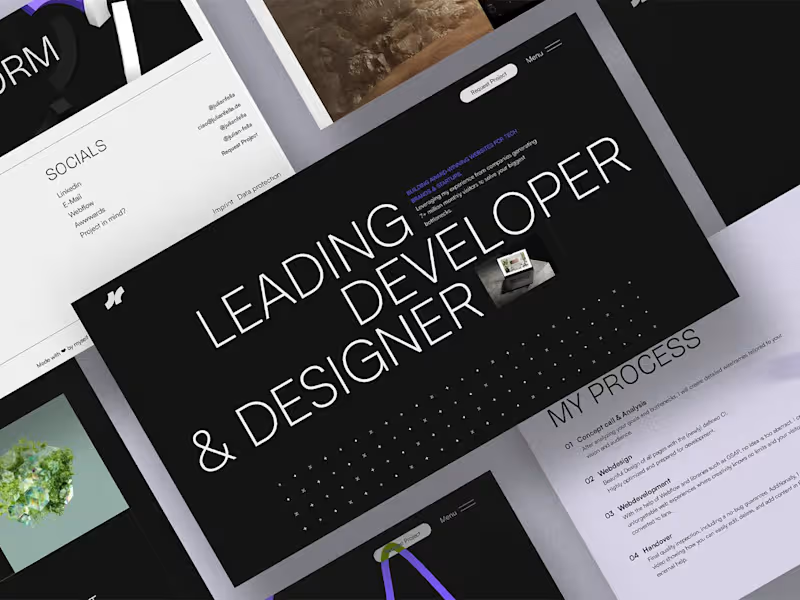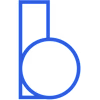How do I describe my project scope to a UX designer?
Start by clearly outlining what you want to achieve. Explain who your users are and what problems your product should solve. Be as detailed as possible about features and functionality. This helps the designer understand your vision and goals. In Italy, consider explaining any cultural or local nuances that might impact the design.
What should I include in a UX design brief?
A design brief should include your project's goals, target audience, and timeline. Also, provide any existing brand guidelines and key features you want. For a project in Italy, mention any specific Italian user behaviors or preferences. This gives the designer essential context and ensures alignment from the start.
How can I evaluate a UX designer's portfolio?
Look for projects similar to yours to see relevant experience. Check the outcomes of their past work, like user satisfaction and product success. When assessing Italian designers, see if they have worked with Italian brands or catered to Italian audiences before. This shows they know how to design for similar markets.
What deliverables should I expect from a UX designer?
Common deliverables include wireframes, mockups, and user journey maps. Ask about interactive prototypes to see how users will interact with the design. Consider if the project in Italy requires localization, ensuring the design aligns with local language and culture. These deliverables help you visualize the final product before it's built.
How do I set milestones with a UX designer?
Break the project into phases with clear goals for each. Set deadlines for the designer to deliver specific elements, like wireframes or prototypes. Establish regular check-ins to review progress and give feedback. This way, you can make sure the project stays on track and meets your expectations.
How should I communicate feedback to a UX designer?
Be specific about what you like or dislike and why. Use examples or references to clarify your points. If your project is targeting an Italian audience, consider adding insights on local preferences and timelines. Good feedback helps the designer improve the design according to your project's needs.
What tools can I ask a UX designer to use for collaboration?
Common tools include Figma, Sketch, and Adobe XD for design. Tools like InVision allow for feedback and collaboration. For projects in Italy, make sure you have a tool that supports collaboration in your time zone. Choose tools that everyone on your team is comfortable with, to ensure smooth communication.
How can I ensure the UX design aligns with my brand?
Share your brand guidelines with the designer early on. This includes logos, color schemes, and any mandatory elements. If your brand is based in Italy, highlight any Italy-specific branding or cultural elements to incorporate. This helps create a cohesive design that feels part of your brand.
What should I do if I need the UX design to be mobile-friendly?
Specify that mobile usability is a priority when discussing your project. Discuss how the design should adapt to different screen sizes and orientations. Ask the designer for examples of mobile-friendly designs they've created before. Prioritizing mobile design ensures your product reaches more users effectively.
How do I agree on a timeline with a UX designer?
Discuss the project's overall duration and break it down into smaller tasks. Set realistic deadlines for each task, considering the designer's input. If you're working with an Italian designer, consider any local holidays that might affect availability. A clear timeline helps both you and the designer stay organized and focused.
Who is Contra for?
Contra is designed for both freelancers (referred to as "independents") and clients. Freelancers can showcase their work, connect with clients, and manage projects commission-free. Clients can discover and hire top freelance talent for their projects.
What is the vision of Contra?
Contra aims to revolutionize the world of work by providing an all-in-one platform that empowers freelancers and clients to connect and collaborate seamlessly, eliminating traditional barriers and commission fees.

